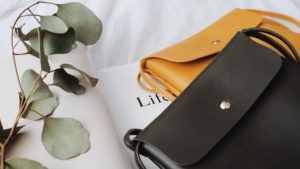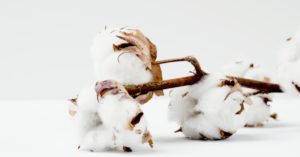Tencel is quickly gaining popularity among ethical clothing brands and conscious fashion bloggers. And for good reason. It’s light, versatile and a greener alternative to cotton.
But what exactly is Tencel? In today’s blog, I highlight the pros (…and cons) of Tencel and consider whether it belongs in a sustainable wardrobe.
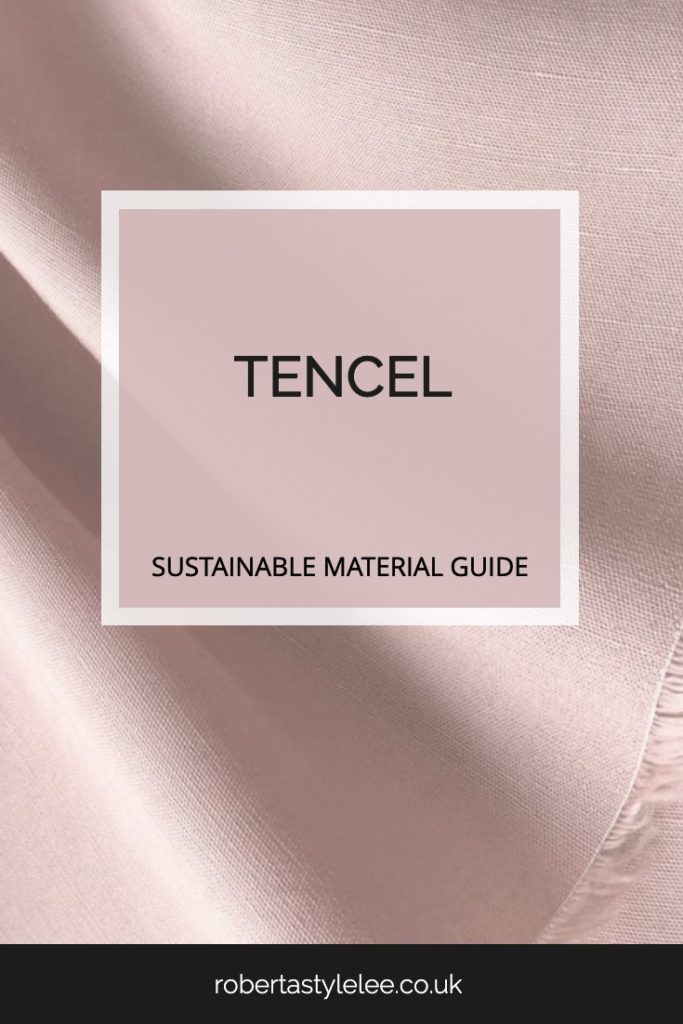
What is Tencel and how is it made?
Tencel is a branded version of the lyocell fiber produced by Lenzing AG.
Tencel is a cellulose fibre that is made by dissolving wood pulp. Before it is dried, the pulp is mixed with a solvent and pushed through small holes to form threads. These are chemically treated and spun into yarn then woven into Tencel cloth. You’ll find Tencel most commonly used in sportswear, dresses and t-shirts. One important thing to look out for is trademarked Tencel. Lyocell is created from uncertified and sustainable sources. Be wary of things marked as a % of lyocell and % other fibres mixed together. In general, when it comes to sustainability in materials you want the material to be as close to 100% pure as possible. You may find a % of spandex/lycra blended into items that require a more figure-hugging fit.
Tencel Dresses
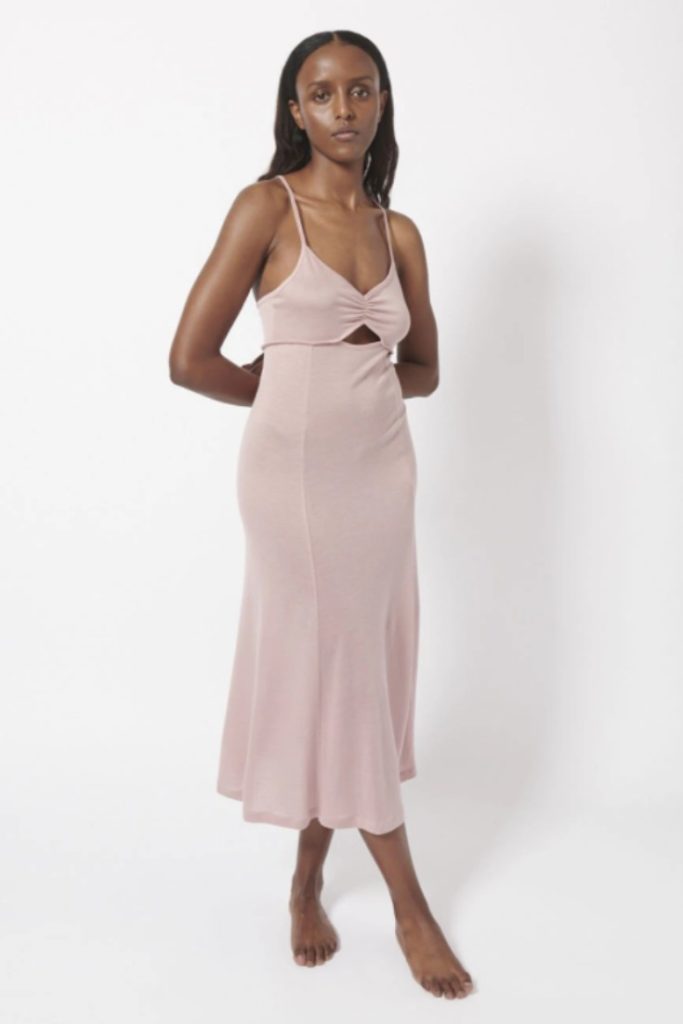
I love this blush pink midi dress from Ninety Percent – which is as sustainable as it is stylish, thanks to its 100% Tencel fabric. The gorgeous drape of this dress shows just how delicate and versatile Tencel – no stiff, itchy fabrics here!
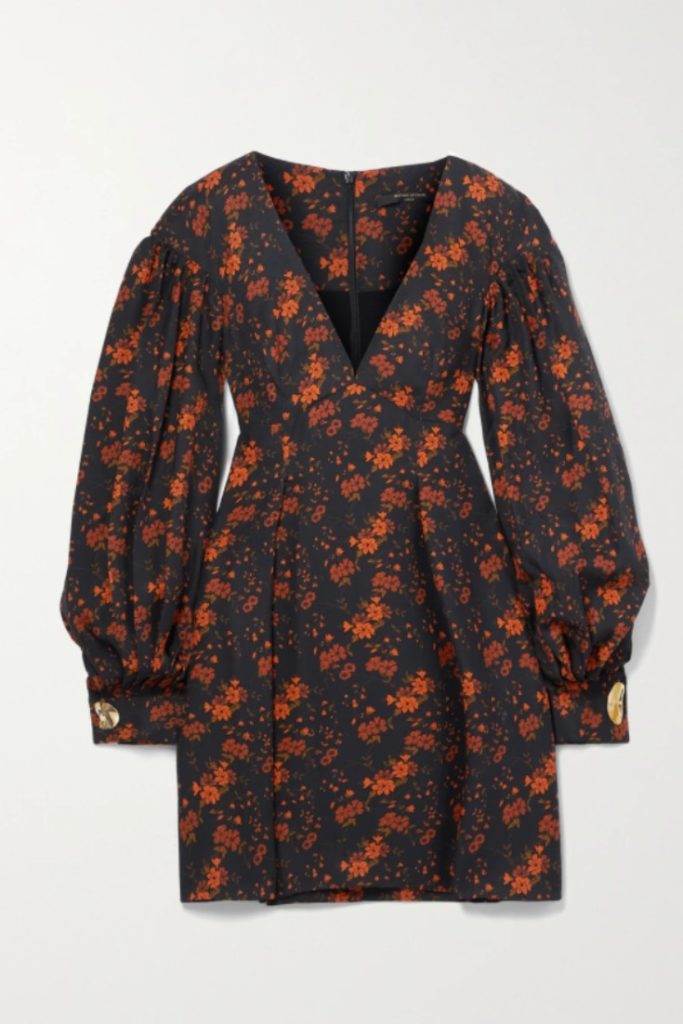
Mother of Pearl is devoted to stylish, ethical designs – and I was lucky enough to work with Amy Powney and her team from Mother of Pearl at the Fashion for Conservation Gala back in 2018. So I can safely say this is a brand that cares about style and the planet. This beautiful floral puff sleeve dress is made from 100% Tencel and would look great paired with gold-toned earrings.
100% Tencel T-Shirts
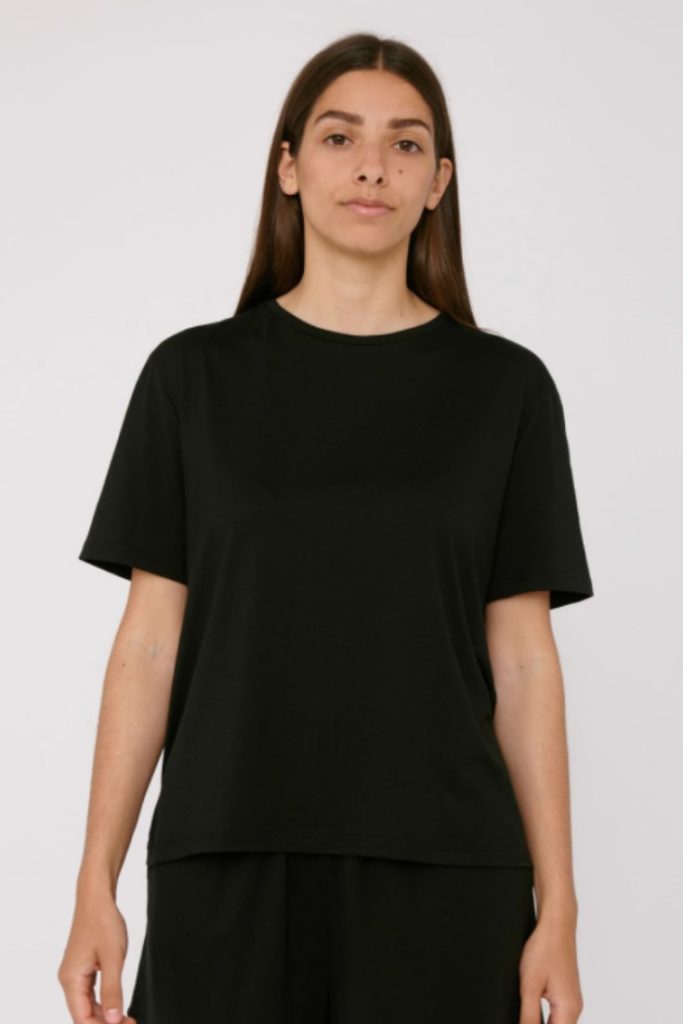
No wardrobe is complete without a simple t-shirt! Organic Basics is a great brand for sustainable t-shirts and other quality basics in neutral colours. This black Tencel crewneck is super easy to style and softer than cotton alternatives.
Tencel Footwear
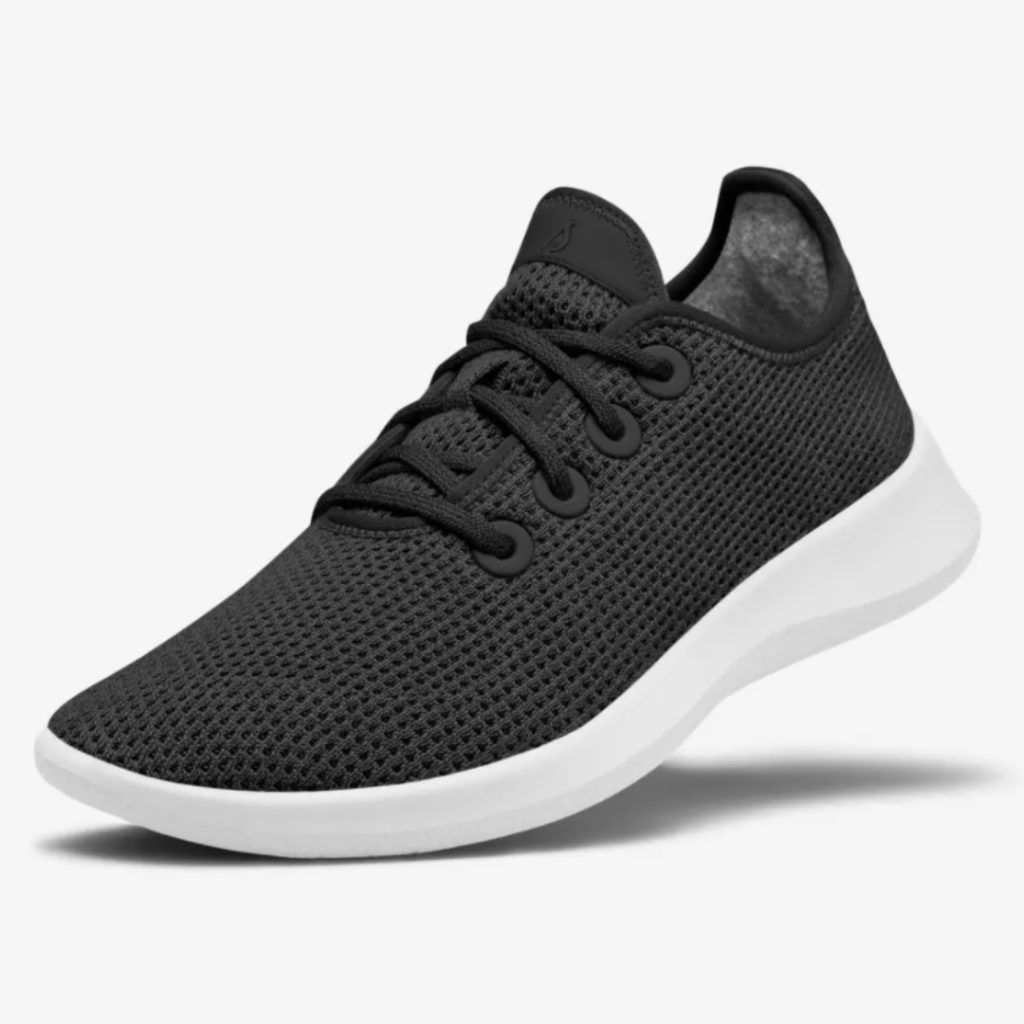
For my more practical friends, Tencel’s breathable, antibacterial properties make it the perfect material for trainers. This black and white pair from All Birds would be a great everyday shoe for busy, style-conscious women.

STYLE MADE EASY
10 simple things you can do to transform your style
How sustainable is Tencel?
More durable than it’s cotton counterpart and with a reduced need for washing (thanks to its antibacterial properties), Tencel is a long-lasting material – and far more sustainable than cotton.
Tencel is made from eucalyptus trees which don’t require pesticides – and need just half an acre of forest to produce a ton of Tencel. Versus cotton which needs up to five times as much high quality farmland, according to the Natural Resource Defense Council.
It is also produced on a closed-loop system in which 99% of the chemicals and solvents used in the process are recovered and recycled with minimal waste and low emissions. And the fibres themselves are fully compostable and biodegradable so Tencel won’t clog up our eco systems.
Created to be a more sustainable lyocell product, Tencel minimises waste and “strives to maintain the delicate balance of People, Planet, and Profit.” However, the small percentage of wood and chemical waste throws this material’s green-credentials into question.
How much does Tencel Cost?
Tencel is a relatively expensive material. In general, it costs more than cotton, viscose and other environmental fibres because it simply costs more to produce.
Tencel: the pros and cons….
Tencel boasts countless benefits! It is eco-friendly, durable and uses less energy and water than other cellulose fibres. It also makes a great alternative to synthetic activewear, thanks to its breathable and moisture-wicking properties. It can be produced in varying weights and is naturally white, so doesn’t require any dyeing for those crisp neutrals.
But Tencel isn’t entirely green…
Despite the award-winning closed-loop system, these steps can’t avoid harsh chemicals. Although they are recycled in the process, it still poses a threat to people and the environment.

My Final Thoughts:
I have been a fan of Tencel ever since Green Story did a Material Series a couple of years ago, and shared through their research which materials were most sustainable. We followed their sustainable materials investigation over on the Ethical Brand Directory blog.
I will be honest I don’t own any clothes (yet) made from Tencel, but I have purchased items for my clients from the brands mentioned above and it does feel amazing. It’s also very versatile too and works well for a range of clothing.
Sadly any virgin fibres created to make new fabric for clothes will have a negative impact somewhere. The most sustainable materials are the ones that already exist and don’t shed microfibres. But as new fabrics go, Tencel comes in pretty close as a sustainable contender – despite its use of harsh chemicals.
Material choice is just one consideration you need to make when building a sustainable wardrobe. You also have to consider whether an item aligns with your values, how well suited it is to your lifestyle, if it’ll see #100wears – and how well it reflects your signature style. With so many aspects to consider, creating a conscious collection can seem like a daunting task, I know. So if you’d like further guidance and support on your sustainable style journey, then my Create Your Own Personal Style course is for you. Across 8-modules, I’ll teach you everything you need to know to build a sustainable wardrobe and tell your style story.

